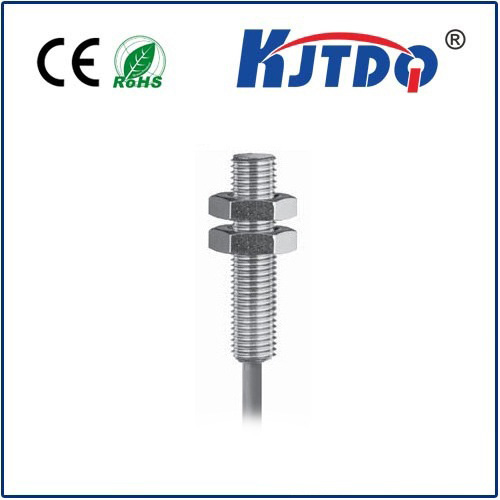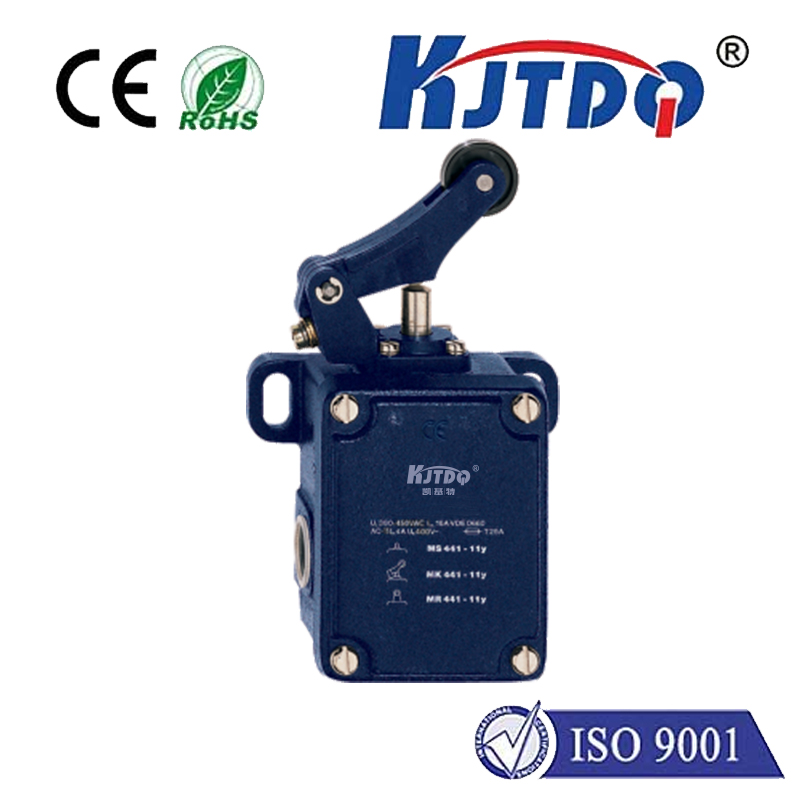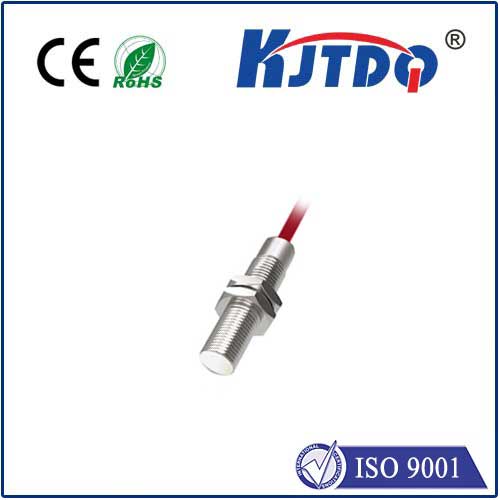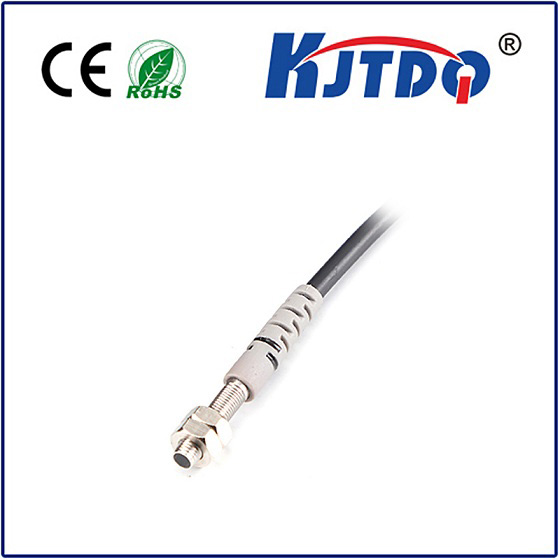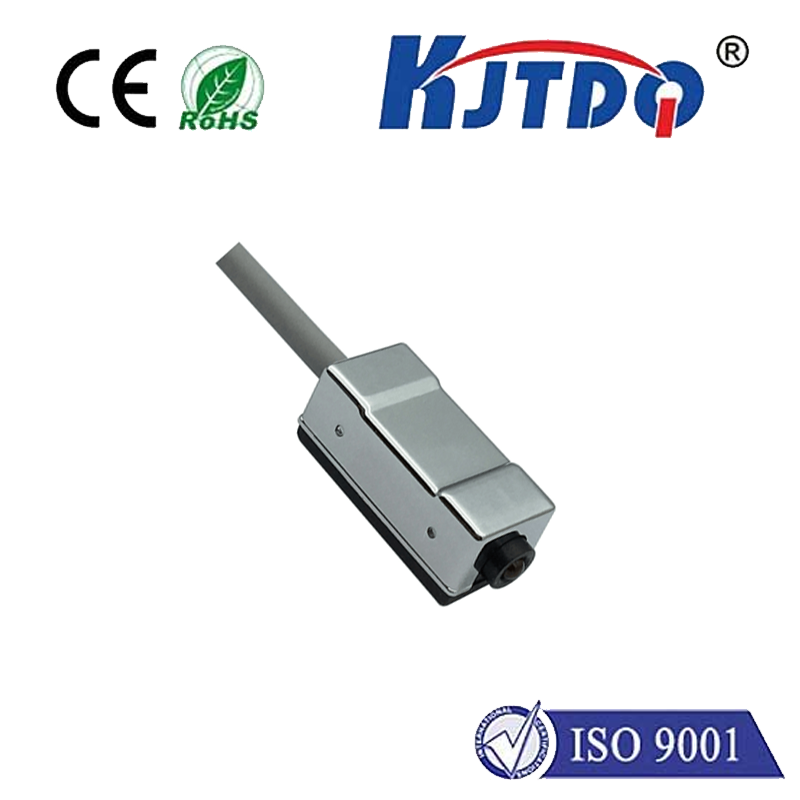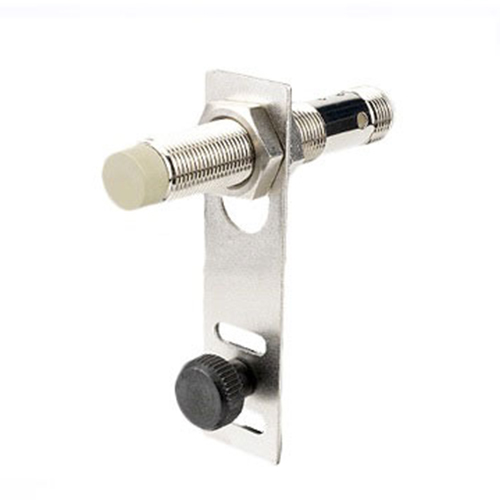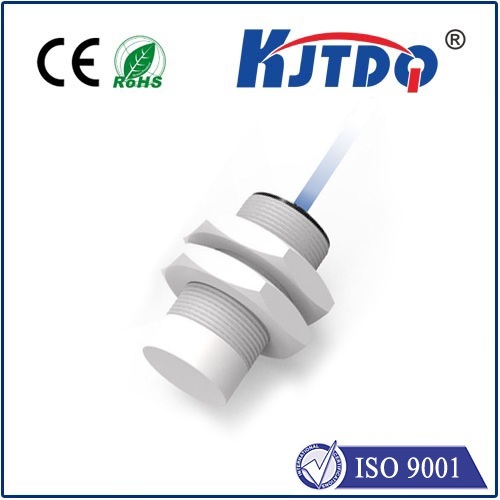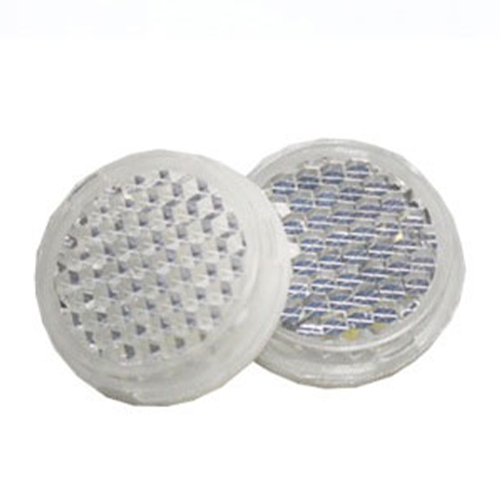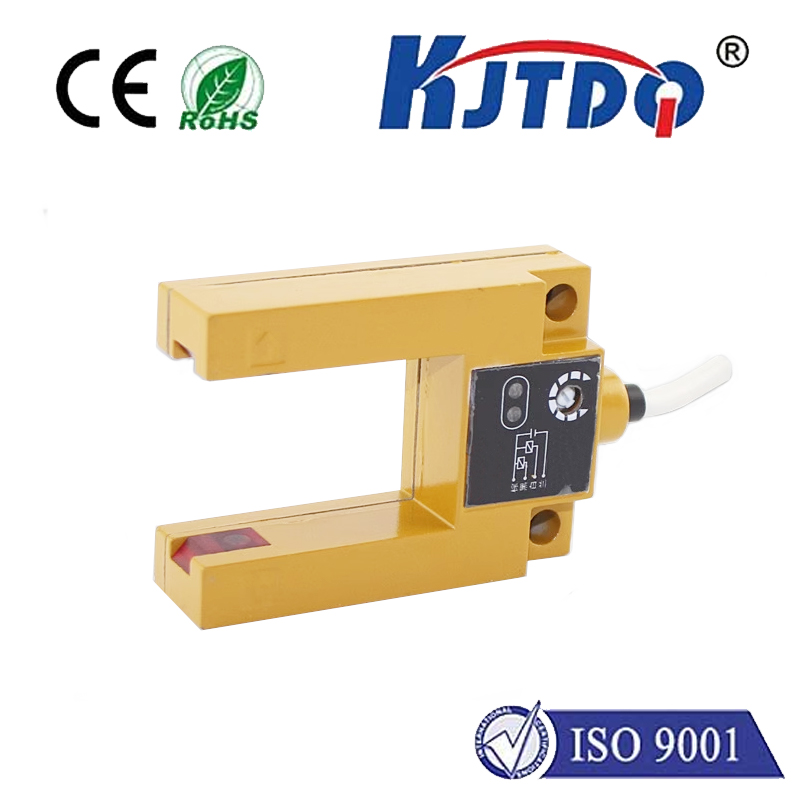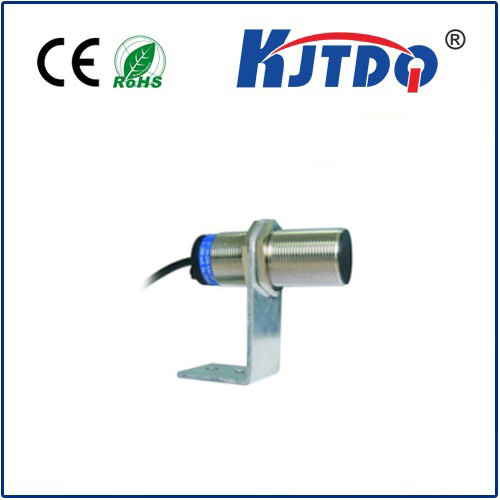Precimeter Laser Sensors: The Future of High-Precision Measurement Technology In an era where industries demand micron-level accuracy, the quest for flawless measurement solutions has never been more critical. From aerospace manufacturing to autonomous robotics, the margin for error is shrinking—and traditional measurement tools are struggling to keep up. Enter Precimeter laser sensors, a groundbreaking innovation redefining precision in ways previously unimaginable. Combining advanced optics, ultrafast data processing, and non-contact measurement capabilities, these sensors are setting new benchmarks for accuracy, speed, and reliability.
At their core, Precimeter laser sensors leverage Лазерная триангуляция or time-of-flight (ToF) technology to capture measurements with sub-micron precision. Unlike mechanical gauges or manual calipers, which rely on physical contact, laser sensors project a focused beam onto a target surface. The reflected light is then analyzed to calculate distance, thickness, or surface topography. This non-destructive method eliminates wear and tear, ensuring consistent performance even in high-volume industrial environments. A key differentiator lies in their adaptive calibration algorithms. These sensors automatically compensate for environmental variables such as temperature fluctuations, ambient light interference, and material reflectivity. For instance, in automotive quality control, Precimeter sensors can detect paint thickness variations as small as 0.1 microns—critical for ensuring corrosion resistance and aesthetic uniformity.
The versatility of Precimeter laser sensors has made them indispensable across sectors:
Manufacturing & Automation In assembly lines, these sensors enable real-time monitoring of component dimensions. For example, semiconductor manufacturers use them to inspect wafer flatness, while 3D printing systems rely on laser feedback to correct layer alignment mid-print.
Healthcare & Biomedical Engineering Laser sensors play a pivotal role in medical device manufacturing, where tolerances are measured in micrometers. They’re also used in non-invasive diagnostics, such as mapping corneal topography for laser eye surgery.

Renewable Energy Solar panel manufacturers employ Precimeter sensors to ensure uniformity in silicon wafer thickness—a factor directly impacting energy conversion efficiency.
Autonomous Vehicles LiDAR systems, essential for self-driving cars, integrate laser sensors to create high-resolution 3D maps of surroundings. Their ability to detect obstacles at distances exceeding 200 meters with centimeter accuracy is revolutionizing transportation safety.
Why are industries rapidly adopting Precimeter laser sensors? The answer lies in three core benefits:
Speed: Traditional contact-based methods require physical alignment, which slows down processes. Laser sensors deliver measurements in milliseconds, boosting throughput by up to 300% in automated settings.
Долговечность: With no moving parts, these sensors withstand harsh conditions—think vibration, dust, and extreme temperatures—common in mining or heavy machinery applications.
Scalability: Their compact design allows integration into IoT-enabled systems, facilitating seamless data sharing across smart factories.
Precimeter sensors utilize phase-shift interferometry or confocal imaging to achieve their remarkable accuracy. In phase-shift systems, the sensor emits multiple laser wavelengths and measures phase differences in reflected waves. This method is ideal for transparent or highly reflective surfaces, such as glass or polished metals. Confocal sensors, meanwhile, focus light onto a single point, filtering out out-of-focus reflections—perfect for measuring porous or uneven materials like textiles or composites. A lesser-known but critical feature is multi-channel data fusion. Modern sensors combine laser data with inputs from accelerometers or thermal cameras, creating a holistic view of measurement conditions. This cross-referencing minimizes false readings, a common pitfall in dynamic environments.
While Precimeter laser sensors excel in precision, they aren’t without challenges. Signal noise from ambient light or electromagnetic interference can skew results. Manufacturers address this by embedding adaptive filtering algorithms that isolate relevant data points. For alignment issues, auto-focusing mechanisms and AI-driven calibration tools ensure optimal beam positioning, even on curved or moving surfaces. Cost remains a barrier for small enterprises, with high-end sensors priced at over $10,000. However, the ROI justification is compelling: reduced scrap rates, lower maintenance costs, and compliance with stringent quality standards like ISO 9001.
The next frontier for Precimeter laser sensors lies in edge computing and AI. Embedded machine learning models can now predict equipment wear by analyzing subtle measurement drifts over time. Meanwhile, miniaturization efforts are producing sensors smaller than a coin, unlocking applications in micro-robotics and wearable health monitors. According to a 2023 report by Frost & Sullivan, the global laser sensor market is projected to grow at 11.4% CAGR through 2030, driven by demand from electric vehicle and precision agriculture sectors. As industries push the boundaries of what’s possible, one thing is clear: Precimeter laser sensors aren’t just tools—they’re the bedrock of tomorrow’s innovation.
